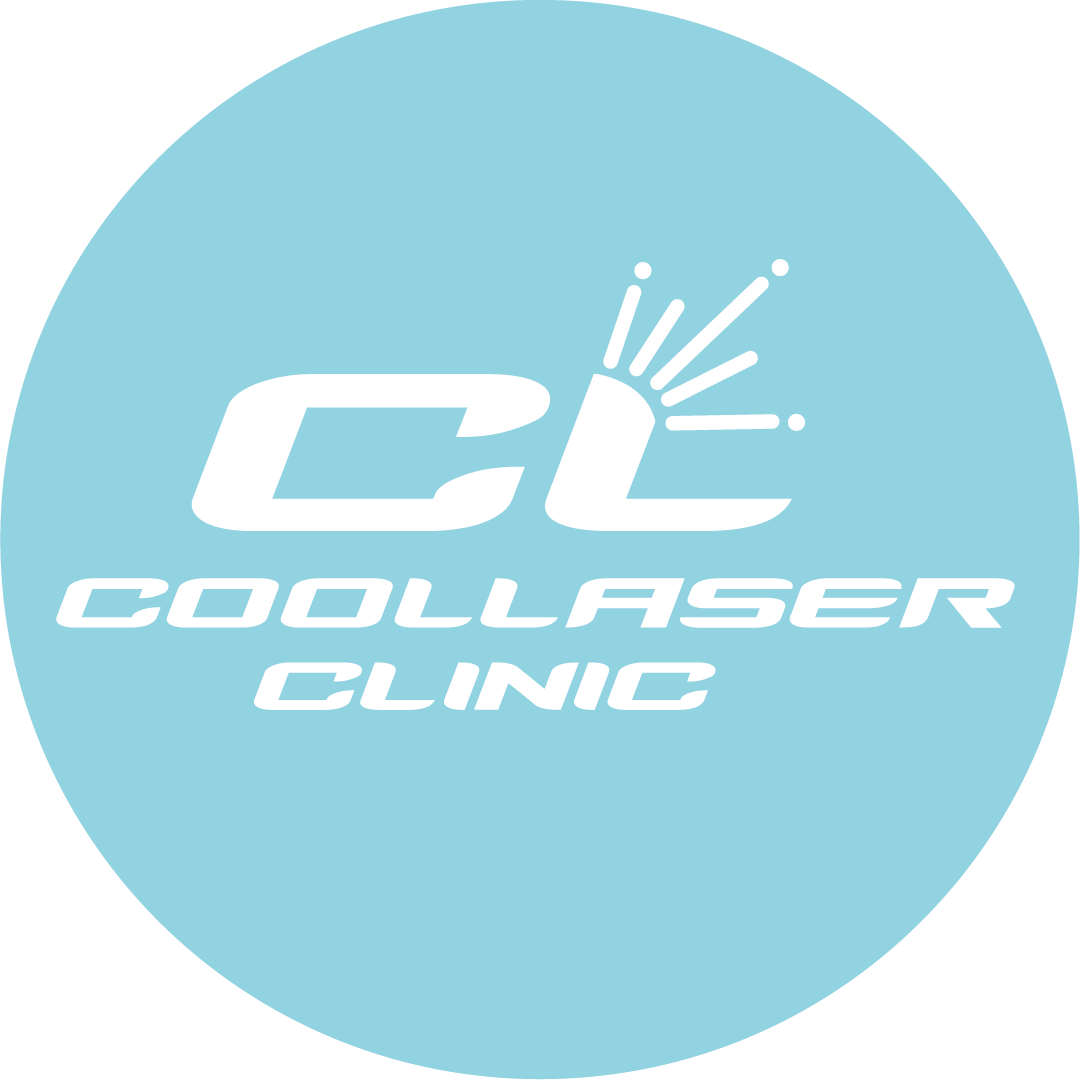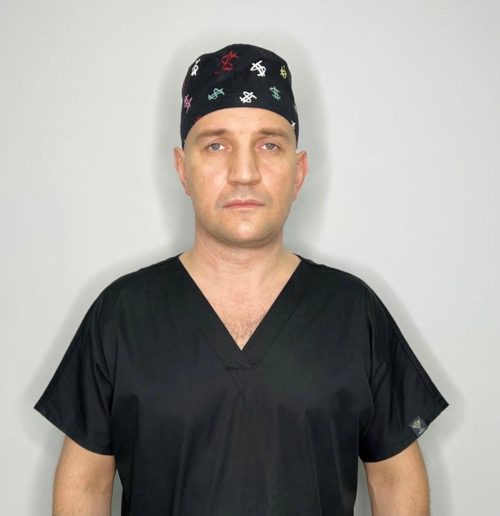How to quickly reduce heart rate without pills – advice from experienced doctors
At what minute might you be wondering how to lower your heart rate when your blood pressure is normal? If your heart is racing as you sit reading this article, your body may be trying to tell you something. On average, 60 to 100 beats per minute is considered normal – for an adult.

A fast resting heart rate or a pulse rate of more than 100 beats per minute means that your heart is making an extra effort to pump blood around your body. And that extra effort can lead to a whole host of negative effects on your overall health, including feeling dizzy and tired, and most importantly, blood clots, heart failure and, in rare cases, sudden death.
Contents:Contents:
- How to take your pulse
- Ways to lower your heart rate
- Tachycardia
- Cardioneuroses
- Treatment of cardioneurosis
- Is it necessary to treat a rapid heart rate
Symptoms of a high heart rate
When your heart beats too fast, it may not pump enough blood to the rest of your body. This can lead to oxygen deprivation in organs and tissues and cause the following signs and symptoms associated with a fast heart rate:
- shortness of breath;
- dizziness;
- palpitations;
- chest pains;
- fainting.
Some people with tachycardia have no symptoms and the condition is only discovered during a physical exam or through a heart monitoring test called an electrocardiogram.
How to measure a high heart rate.
Normal resting heart rate is between 60 and 100 beats per minute. In the quiet mode, hold your index and middle finger between the bone and tendon on the thumb side of your wrist until you feel your pulse and count the number of beats per minute – this is your resting heart rate.
Some aspects of resting heart rate are directly related to uncontrollable factors such as age and genetics. However, there are certain actions that should be taken to lower the heart rate and improve overall health for those who have a higher than normal resting heart rate.
How to lower heart rate at normal blood pressure at home?

If you are prone to sudden tachycardia, it is advisable to know how to lower your heart rate at normal blood pressure yourself without waiting for an ambulance. Here are ten proven ways how to reduce heart rate at rest:
Stay out of the heat. The higher the temperature, the more often your heart beats. This happens because your heart works fast, pumping blood to the surface of your skin, producing sweat, and cooling your body.
Exercise regularly. Every time you exercise, you are training your heart to get stronger and pump blood more efficiently. After exercise, it is easier for your heart to maintain a normal heart rate while at rest.
Add more fish to your diet. Eating more fish helps lower your heart rate. Don’t like eating fish? Talk to your doctor about taking fish oil supplements.
Reduce stress: the higher your stress level, the higher your heart rate. A quick and easy way to get rid of stress is to spend some time each day without your cell phone and other electronic devices, as well as meditation.
Be mindful of your breathing. As for how to lower your heart rate, another quick and easy way is to practice mindful breathing exercises. Inhale slowly for five seconds and then exhale slowly for 15 seconds. Try to devote five minutes to this every day.
Quitting smoking helps lower your heart rate. Not surprisingly, smoking cigarettes has countless negative effects on human health. Tobacco products increase your resting heart rate. When your body consumes nicotine, your veins and arteries become narrower and your heart has to make an extra effort to pump blood. If you smoke, the good news is that quitting smoking can lower your heart rate in as little as 24 hours.
Cool showers, if you can’t take a shower, you can simply wash your face with cool water. This will help both reduce high heart rate at home and feel much better, as well as toning the body.
Ventilate the room or go out for fresh air. If you suddenly feel sick and have tachycardia, it is recommended to stay indoors, get fresh air, remove or unbutton tight clothing, drink water and lie down. It is advisable to lie on your stomach or on your side and try to relax.
Carotid artery massage. The body may have clamps in the neck area, as many people lead sedentary lifestyles, have poor posture and sit in awkward positions with gadgets for long periods of time. If you feel your pulse racing, try massaging the back of your head and neck.
Aschner’s test helps to lower the heart rate in tachycardia. So what do you do? Close your eyes and press lightly with your fingers on the eyeballs through the eyelid. The pressure should be moderate and not more than 30 seconds, there should be no pain or discomfort.
If you feel bad, and the above methods do not help, it is necessary to call an ambulance. Most often such a condition occurs from stress, overstrain or during panic attacks. If the case is isolated and the cause is identified, then you can not worry about it.
В случаях, когда тахикардия беспокоит не первый раз и бывают головокружения, боль в груди или обмороки – то рекомендуется посетить терапевта, кардиолога, невропатолога, иногда психотерапевта.
Cause of palpitations and heart rate problems: a 2022 study
Stressful situations are common reasons why a person’s heart rate often spikes. Scientists are increasingly inclined to believe that often the source of stress for an adult is an excessive sensitivity to information. This leads to worries, insomnia, nervous disorders. All this occurs against a background of rapid heartbeat and pulse rate.
According to sociological surveys conducted by non-profit social organizations, people in the post-Soviet countries most often report feeling worse when they receive:
- a lot of negative information on TV;
- the obsession of Russian propagandists;
- misinformation from the Ru-media.
Taking into account the difficulties in orientation in the information space, you should refuse to watch programs and read online publics where content is created on the basis of anti-social policy. Exclude the psychological influence of pro-Russian propaganda in order not to aggravate your moral and physical state.

Remember the information detox!
Tachycardia in vagovascular dystonia.
Vegetative dystonia (neurocirculatory dystonia) – this designation is used by physicians for autonomic disorders with impaired neurohumoral regulation of autonomic functions. Vegetative disorders vary in manifestations and origin, they are often found, in more than 30% of all cardiology patients.
Functional disorders of the cardiovascular system (cardioneuroses)
Сюда относится:
- neurocirculatory asthenia;
- DaCosta syndrome;
- dystonia;
- tension syndrome;
- broken heart syndrome.
Most often the disease is manifested against a background:
- stress (chronic or acute);
- from traumatic brain injuries;
- severe infections or neuroinfections;
- somatic diseases with a long period of asthenization;
- hormonal changes (in adolescents or mature people);
- of high emotional intensity;
- intoxication;
- physical overexertion;
- the presence of morphologic abnormalities of the heart.
Treatment of cardioneurosis
Self-treatment is unacceptable, so it is necessary to seek help from doctors. Treatment may include:
- prescription of vitamin and mineral complexes, potassium and magnesium;
- phytotherapy regimen;
- beta-adrenoblockers are sometimes prescribed.
It is recommended to establish a daily regimen (sleep, wakefulness, physical activity, mental activity and rest). It is important to adjust nutrition and reduce stress levels. Quite often patients need the help of psychotherapists.
Rapid pulse rate, should it be treated?
A fast heart rate does not always require treatment. But sometimes it can be life-threatening. So be sure to tell your doctor right away if you have a high heart rate. Your doctor will decide what treatment is best for you after he or she gets your test results. It may include taking medications. There is also stem cell treatment for tachycardia.
What causes a rapid heart rate
Pulse irregularities can indicate the presence of a serious pathology. Most often it can be associated with heart problems. But for age people there is an additional problem. High pulse rate leads to failures in the nervous system. Fluctuations in blood flow can provoke a stroke, especially if the patient’s history includes elevated cholesterol and there is a tendency to thrombosis.
It is very difficult to recover from the effects of a stroke. The use of medications may be limited due to instability of the pulse and tachycardia. Therefore, in neglected cases, regenerative medicine helps well. This is a modern treatment technology that allows effective rehabilitation after stroke with cellular drugs. To know the details and cost of such therapy, leave an application on the website or call Kulaser Clinic 068-938-03-03-03.
Coolaser Clinic is located in the center of Kiev in Pechersk: 32B Konovaltsa Street. Doctors of the clinic care not only about your beauty, but also about your health. We have described ways how to reduce heart rate at normal blood pressure in order for you to find your treatment option!
Sources.






